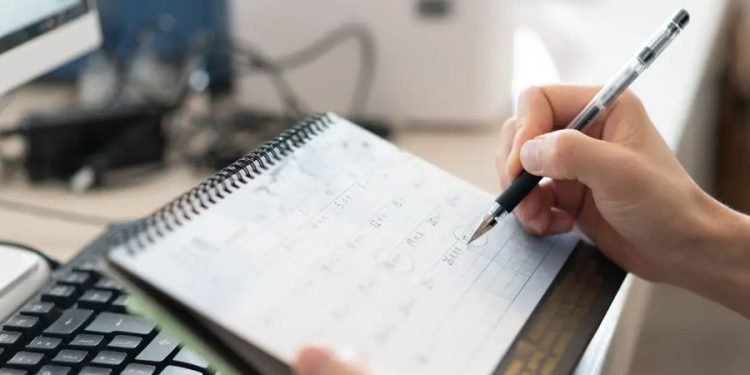Having a good financial plan is important to get you on the right track as soon as possible. It won’t guarantee that you will be stable and successful in your life, but it will set you up for success overall.
By putting some hard work into this checklist, you can ensure that you are making great life decisions now, which will help you make more informed decisions later down the road.
For most of us, the financial year starts in January. By mid-July, we’re already into our annual budget planning. It’s around then that we start thinking about things like a tax free bonus or how to use our bonus money wisely.
The following checklist should help you make better decisions prior to the start of your financial plans for 2023.
Track Your Debt and Spending
You’re probably already doing this, but it’s important to keep track of how much money you owe on every account. This includes credit cards, student loans and car loans. If you’re paying more than the minimum balance each month, it’s time for a debt consolidation loan or an investment account. If you’re paying interest on your credit cards or student loans — even if they’re low interest rates — it’s time to consolidate them into fewer accounts that earn less interest.
Paying off your loans especially unsecured personal loans will definitely make a change in your life and will help enhance your credit score.
Create a Budget
Creating a budget is the first step to getting your financial house in order. It’s also a great way to see where you’re spending money and where you’re spending too much. If you don’t already have one, you can create one using apps like Mint or YNAB (You Need A Budget), or just use Excel. Set up a savings plan
Use your budget to help set aside money for savings each month. Your goal should be to save at least 10% of your income every month, but start by saving what you can. The easiest way to do this is by setting up automatic transfers from checking into savings or an investment account. If you want to save more than 10%, consider setting up an emergency fund or other savings goal so that when unexpected expenses come up, you’ll have something set aside for them. Set Up Automated Bills and Payments
Set up automatic payments for bills that can’t be paid manually, like insurance premiums and rent/mortgage payments. You’ll never forget about a bill again and won’t have to worry about late fees!
Save Up An Emergency Fund
It’s a fact of life that emergencies happen. You might lose your job, get into an accident, or be forced to move. To protect yourself from these situations, it’s important to have an emergency fund. When bad things happen and we don’t have money saved up for them, our finances suffer greatly.
An emergency fund is a stash of money that you keep in a savings account so that you can access it quickly if you need it. It should be enough to cover at least three months’ worth of living expenses. This way, if something bad happens and you need money right away, there’s no need to worry about how you’ll pay bills or buy groceries next month.
In these situations, saving an emergency fund gives us peace of mind by knowing we’ll be able to pay the bills until we’re back on our feet again (or at least have some money to take care of smaller bills). It also helps us avoid going into debt because we don’t have enough resources available right now.
Saving For Retirement
It’s never too late to start saving for retirement.
In fact, if you’re young, starting early can make a huge difference. And while there’s no magic number that will guarantee you’ll retire rich, one thing is certain: The earlier you begin saving and investing your money, the more time your money has to grow over time.
The most important thing is that you start saving as soon as possible — even if it’s just $25 per month. You don’t have to go all-in right away either; just start by setting aside some cash each month — even if it’s just $5 — and watch it grow over time.
Always Diversify Investment
Investments are great long-term solutions to a better future, but you have to make sure that you properly diversify. Investments can be risky and are why its best to make sure that you invest in multiple areas and don’t put all of your money into one area. Take stocks for example. If you put everything into the stock market you could end up in trouble. Whereas if you put some into public stocks and some into the private market you’d better hedge your chances. The private market is essentially pre IPO private stocks that are valued in a different way. Always diversify your investment to the best possible way. Your aversion to risk might differ from one person to the next
To conclude…
With a few weeks left before year-end, take advantage of the time to simultaneously assess your financial situation and make changes accordingly for your financial security in the coming year.
This strategic checkpoint ensures you stay on track towards financial success in the coming year.
Consider the above-mentioned key points in your financial checklist and enter the 2023 with better financial decision making.













